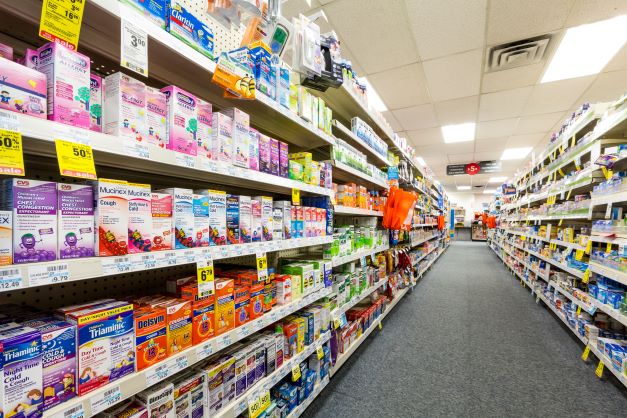
MARKET OVERVIEW
On average, U.S. households spend about $442 annually on OTC products. As such, consumers have benefited from self-treating conditions such as the common cold, allergies, body pains, upper and lower gastrointestinal (GI) tract issues and difficulty falling asleep. The category remains strong in brick-and-mortar as consumers buy less than half of their OTC products online.
MERCHANDISING STRATEGIES
Shoppers want to see a logical flow of products that make sense within an aisle. They want well organized departments with shelf messaging according to symptom. Shoppers also believe retailers should use well-recognized national brands to serve as “beacons” to help navigation in the section.
The need for store displays will remain in demand for the future, much like they’ve been vital to the path-to-purchase in the past. However, they move forward as better versions than before, complete with more targeted marketing, sleeker designs, and utilizing added retail technology features – all things that have proven crucial in 2020.
One way to attract, engage and convert shoppers is through curated products and display collaborations that create programs around common physical conditions and supplement them with other products. In addition, brands can connect with their consumer by cultivating and driving differentiation with powerful recommendations by health care providers, bloggers, and other influencers.
Consider smaller footprint display opportunities. For example, instead of one big “showstopper”, leverage smaller display vehicles to be place around the store to make sure you’re reaching consumers in the right place and at the right time with the right product.
In addition, the advantages of digital printing and short-run capabilities allows for a more targeted and personalized marketing promotion through an efficient
and effective supply chain to support customer demand.
See more merchandising solutions at greatplainspkg.com/gallery/